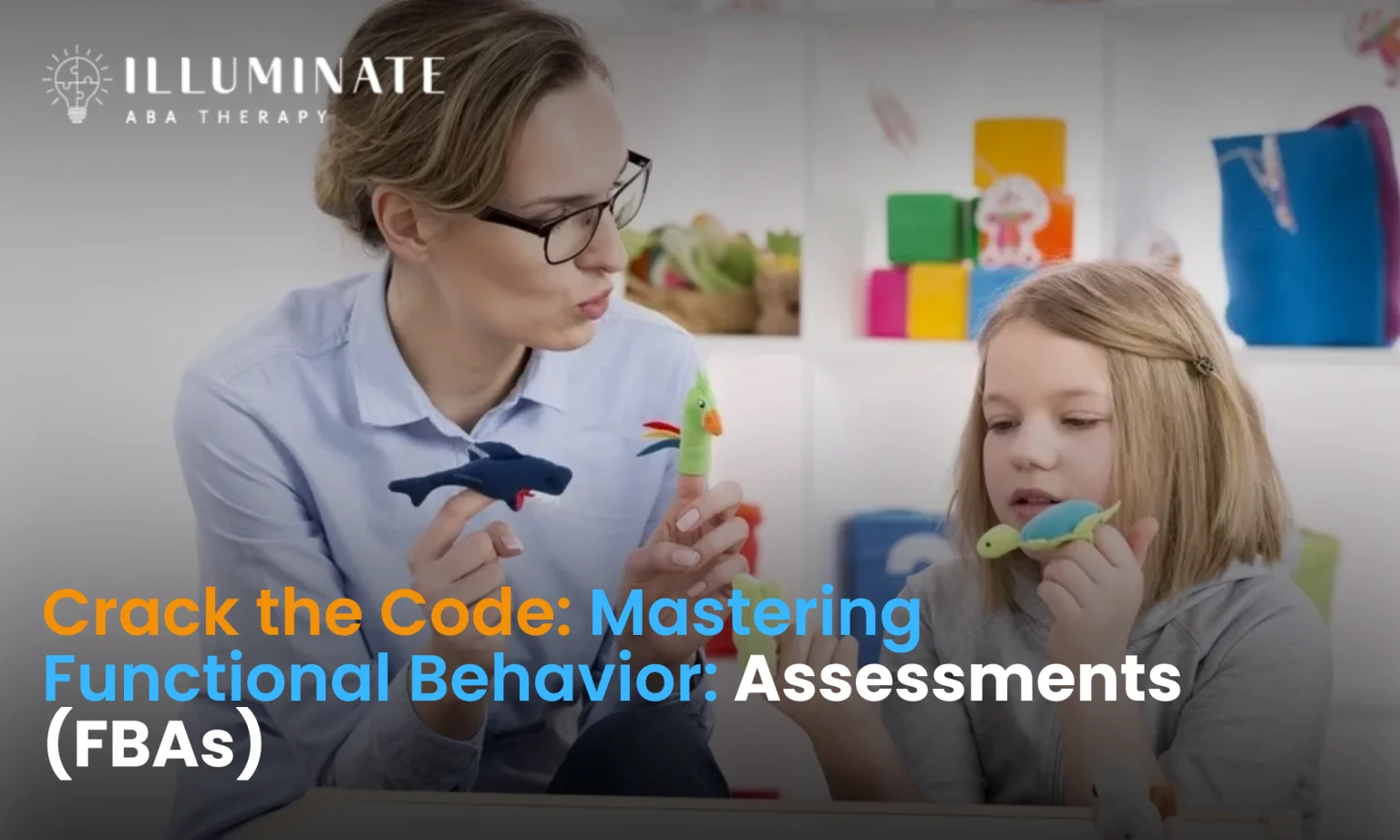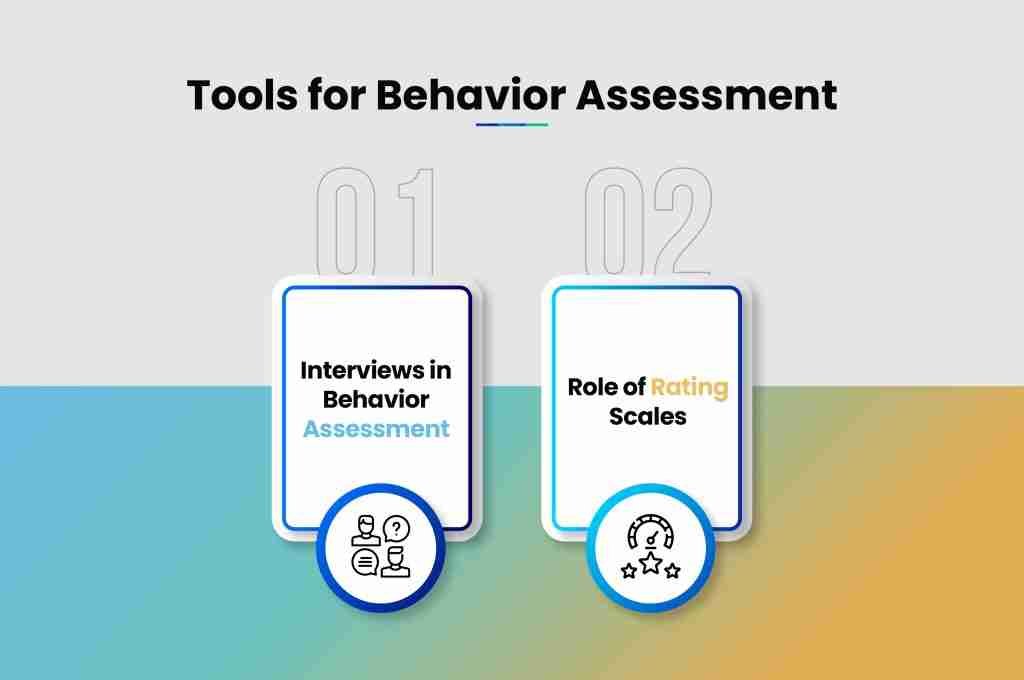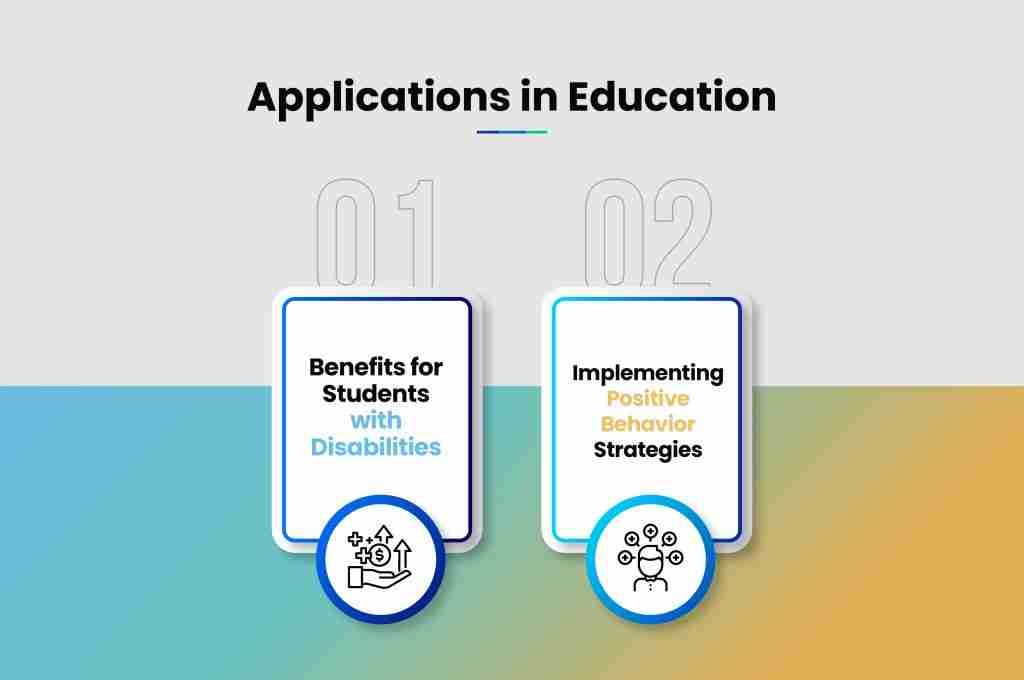Crack the Code: Mastering Functional Behavior Assessments (FBAs)
ABA TherapyJuly 17, 2025

Understanding Behavior Assessment
When it comes to teaching social skills, knowing the ins and outs of functional behavior assessments (FBAs) is crucial for parents, caregivers, teachers, and anyone working in Applied Behavior Analysis (ABA). Conducting an FBA means taking a good look at behaviors to figure out why they happen and what sets them off.
Functional Behavior Assessment Process
One big part of the FBA process is gathering information. Data is collected from as many angles as possible – be it from parents, teachers, or the kids themselves – to really paint the full picture of how often and in what settings a particular behavior pops up. Using Direct Assessment and Indirect Assessment helps identify the triggers and reasons behind these behaviors (Child and Family Solutions Center).
Importance of Data Collection
Collecting data in FBAs means you can figure out why a behavior keeps happening and how to stop it. This detailed collection process helps teachers come up with smart ways to tackle tricky behaviors. By looking at information from different people like teachers and parents, you can build a clear picture of what sets off these behaviors. Analyzing data is like building a game plan – it’s what you need to create a solid behavior intervention plan that’s based on evidence and focused on addressing problems effectively (IRIS Center - Vanderbilt University).
FBAs are particularly handy when working with kids with conditions like autism and ADHD. These assessments help figure out why a kid acts out in class so tailored interventions can be made to improve the child’s educational and social well-being. It’s like heading behaviors like anger outbursts, refusing tasks, self-frustration, and class disruptions off at the pass (Child and Family Solutions Center).
Understanding the key ideas behind behavior assessment is a boost for those involved with kids with autism. It helps them get a grip on why certain behaviors happen and build an environment that improves positive behaviors and supports learning.
Tools for Behavior Assessment

Getting a handle on behavior means having the right tools to figure out what’s going on under the hood. Let's talk about two trusty partners in this journey: interviews and rating scales.
Interviews in Behavior Assessment
Interviews are like the secret weapon in a Functional Behavior Assessment (FBA) toolkit. They get us the 411 on why someone behaves a certain way. You’re basically having honest chats with teachers, parents, and the person whose behavior you’re trying to understand. These talks and a little on-the-ground watching help you figure out what's setting off the behavior, how folks respond, and what happens next.
Teachers and parents? They’re the front-liners, the ones who see the action up close. They know how the environment shapes behavior, the timeline of events before things go south, or maybe even patterns you wouldn't have caught otherwise. And don’t forget the student—they've got firsthand stories about what's cooking inside their heads when the behavior shows up.
You want to ace a behavior assessment? Mix it up! Bring in insights from different voices. Putting together all these pieces gives a fuller picture. It’s like getting to know all the characters in a play—you won’t understand the whole story with just one perspective.
Role of Rating Scales
Rating scales? Think of these as the charts and graphs of the behavior world—standardized tools that break down behavior into digestible bites. Whether it’s the Achenbach Behavior Rating Scales or the Social Skills Rating System, these questionnaires help gather input from all the usual suspects: parents, teachers, and of course, the individual behind the behavior.
What do these scales ask about? They’re curious about how often a behavior pops up, how intense it gets, what kick starts it, and what usually happens after. By pooling answers from different folks, these scales help sketch a complete portrait of what's going on.
Crunching through this data doesn’t just pin down patterns and possible triggers, it also sets the stage for tailor-made strategies to help the individual manage their behavior more effectively.
By weaving interviews and rating scales into the behavior assessment fabric, professionals get a treasure trove of insights. They can map out behavior trends and craft plans with the "just for you" treatment. The cherry on top? Joining forces with parents, teachers, and the individual to tackle behavior head-on ensures everyone’s on the same page, making the whole process a team effort towards improvement.
Implementing Behavior Interventions
In the big picture of ABA Therapy, getting those behavior interventions right is a big deal. It's all about helping folks with autism and tackling those pesky behaviors head-on. Experts are like the secret sauce here, diving into Functional Behavior Assessments (FBAs) and whipping up Behavior Intervention Plans—it's like the bread and butter of this gig.
Expert Involvement in FBAs
You know those behavior analysts folks? They’re the magicians in the world of behavioral support with BCBA credentials. They've jumped through all the hoops and are now the go-to gurus for running FBAs (IRIS Center - Peabody College Vanderbilt University). Their magic trick? Piecing together behavior puzzles, spotting what sets them off, and brainstorming targeted tactics to sort them out.
While doing FBAs, these analysts team up with all the right people—caregivers, teachers, anyone with a stake in the individual's daily life. It's detective work, really. They gather all kinds of info about what's making the behavior tick. By understanding what triggers the behaviors, they can start thinking about how to take it on and fix it.
Developing Behavior Intervention Plans
Here’s where things get real. After the FBA detective work, it’s time to draft up a Behavior Intervention Plan (BIP). This is the strategy guide for positive change, shifting behaviors from chaos city to cool town (Understood).
A BIP is all about clear targets, proactive moves to dodge troublesome behaviors, and pinpoint interventions for whatever behavior needs a makeover. It's a team job, pulling in ideas from analysts, teachers, therapists, and family members to cover all bases in their approach to behavior management.
Checking in on the BIP is like routine maintenance for a car—essential. Adjustments get made on-the-fly based on how things are going. Behavior analysts and the team keep tabs to fine-tune the plan, aiming for the best possible outcomes.
With specialists on the case for FBAs and the crafting of BIPs, the spotlight shines on having a structured, evidence-packed strategy. These sharp-minded behavior analysts bring their A-game, guiding strategies crafted to fit the unique world of individuals with autism.
Applications in Education

In education, getting a grip on Functional Behavior Assessments (FBAs) is a game-changer, especially for helping students with disabilities like autism or ADHD who face behavior challenges. By breaking down the reasons behind certain behaviors, schools can create a learning environment that includes everyone and meets diverse needs.
Benefits for Students with Disabilities
When it comes to students with disabilities, figuring out what makes them tick behavior-wise is crucial. FBAs help by pointing out triggers for behaviors that might be throwing a wrench in their learning or social life. So, when kids are acting out with fits of anger, skipping out on tasks, or causing chaos, teachers can step in with the right fixes.
Behavior
Impact on Learning
Recommended Fix
Anger Fits
Throws the class off balance
Build good habits, teach social skills
Task Avoidance
Slows progress
Set agreements, use visual aids
Acting Up
Affects friendships
Set routines, show peer examples
Implementing Positive Behavior Strategies
In special education, having a Behavior Intervention Plan (BIP) is like having a roadmap for navigating school life. These plans focus on swapping out the negative behaviors with positive ones by involving everyone from teachers to behavior pros.
The process thrives on teamwork. When the school crew works together, armed with insights from an FBA, they create plans that help students learn healthier behavior. The whole idea is to help students build social skills, manage their reactions better, and create friendships. It’s all about setting them up for success, both academically and socially.
By looking at the bigger picture through FBAs and smart strategies, schools are set up to not just help students behave better, but to flourish. It’s a learning zone where everyone scores a touchdown, flourishing in both knowledge and social skills.
Read More: Peer Modeling for Autism: Boosting Social Skills in Children
